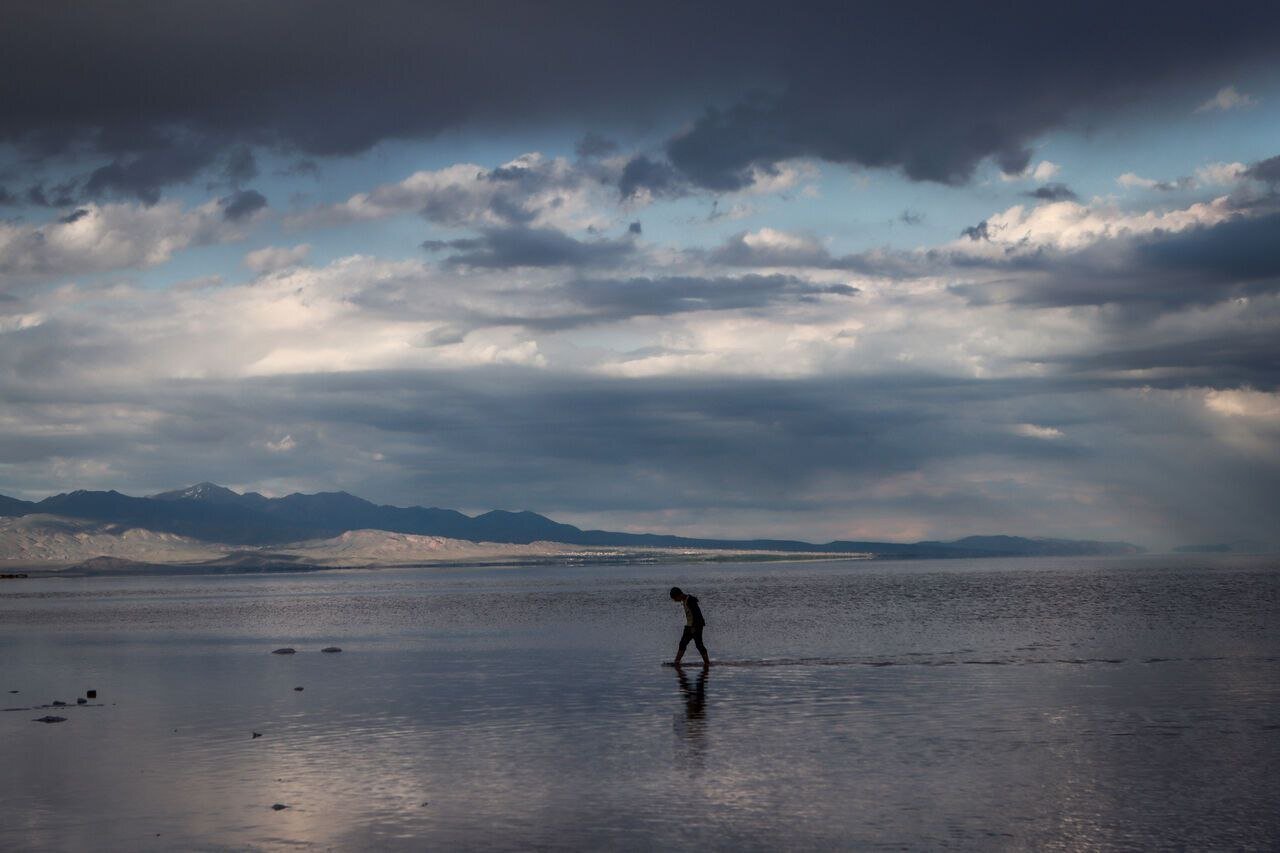Lake Urmia’s level 23cm above lowest recorded ever

TEHRAN – The current level of Lake Urmia amounts to 1270.27 meters, which is 23 centimeters more than the lowest figure recorded so far.
Lake Urmia in the north-western West Azarbaijan province started to dry up in the 2000s. The lake is the largest in West Asia and the sixth-largest salt lake in the world, with a water surface area of 5,000 to 6,000 square kilometers.
The area of Lake Urmia has declined due to reduced precipitation, reaching 1,130 square kilometers. Also, the volume of the lake has lowered to 1.60 billion cubic meters, IRNA quoted Majid Rastgari, an official with West Azarbaijan Water Company, as saying.
Presently, the total amount of water in 14 dams is almost 800 million cubic meters, amounting to 44 percent of the capacities of dams’ reservoirs, he added.
According to Behzad Shir-Panjeh, head of National Park of Lake Urmia, the recent precipitations in spring have restored Lake Urmia’s reservoirs, with 550,000 litres of water being stored for the wildlife.
The rainfalls in the lake’s basin have contributed to the growth of vegetation and shrubs, providing a favourable source of food for wildlife in the islands as the amount of water reserves resurged compared to the past Iranian year (March 2024 – March 2025), he noted.
The official went on to say that there are five water reservoirs in the Ashk Island of Lake Urmia, which is considered one of the most important habitats of Persian yellow deer, and two or one water reservoirs in Espir and Kabudan Islands; the collected water will be released during summer.
Thanks to increased precipitation, gulls and flamingos have made nests and laid eggs in the islands of Lake Urmia National Park.
Restoration efforts
Through a joint project led by the United Nations Development Programme (UNDP) and funded by the Government of Japan, the Food and Agriculture Organization of the United Nations (FAO) is going to join to promote sustainable agricultural practices and solutions for the conservation of Lake Urmia.
On December 1, 2024, the Government of Japan and UNDP signed an exchange of notes to launch “The Project for Developing Conservation Systems of Wetlands in Lake Urmia and Other Wetlands, Including
Their Surrounding Communities.” The project, which runs from 2024 to 2028, will be implemented in partnership with the Department of Environment and FAO.
Focusing on sustainable agriculture and climate-adapted livelihoods, the initiative seeks to deliver long-term benefits for local communities while preserving the biodiversity of wetlands as critical ecosystems.
Lake Urmia faces significant challenges due to the overconsumption of water resources, magnified by climate change impacts, which have severely impacted its ecosystem.
Agricultural activities in the region are increasingly vulnerable to water shortages, a situation exacerbated by the effects of climate change. Studies indicate that these climatic changes could further disrupt agrifood systems and the lake’s fragile environment in the future.
FAO with the support of the government of Japan, identified technical agricultural solutions to increase water efficiency in the agriculture sector at the Lake Urmia basin, which may be efficient in saving the internationally known biosphere reserves.
MT/MG
